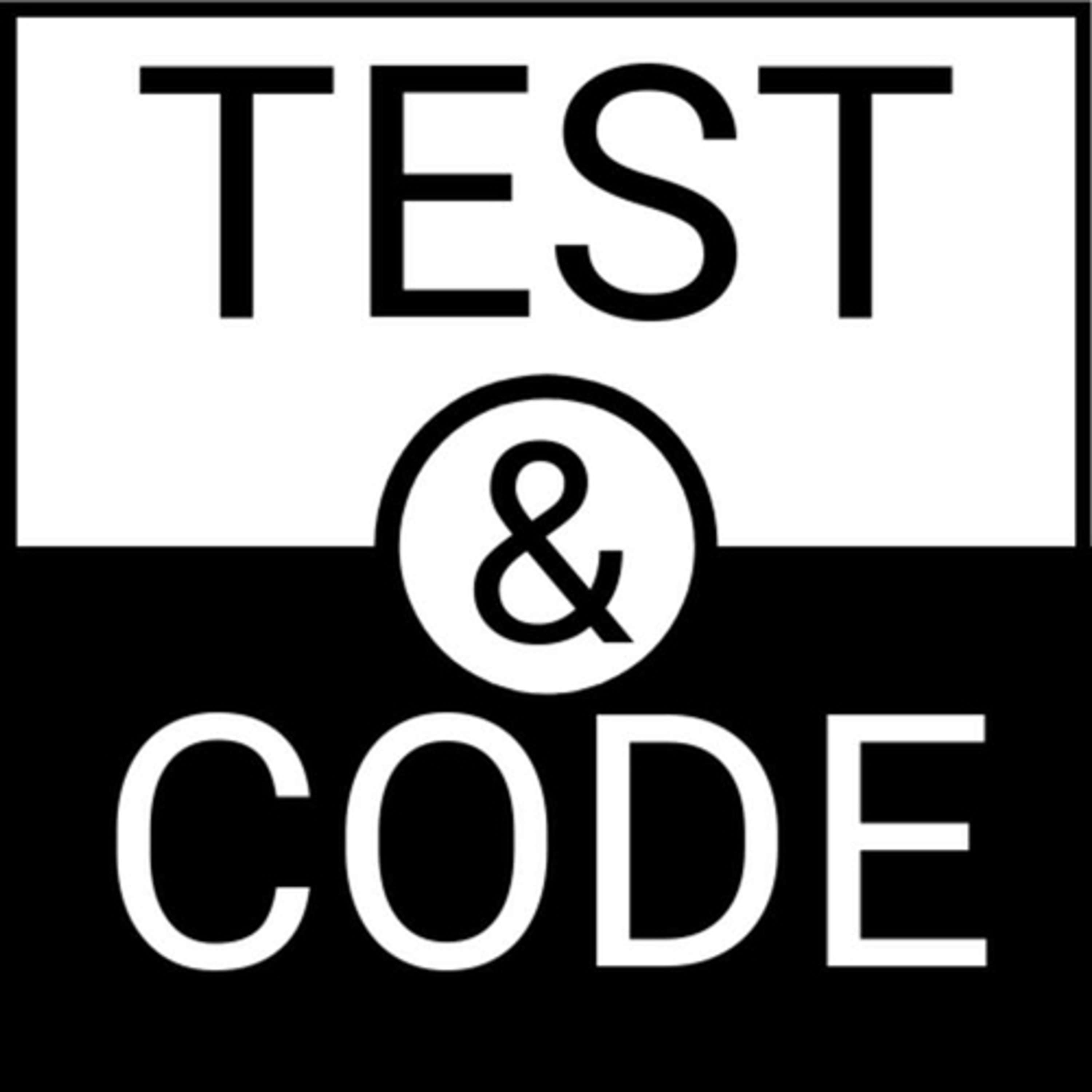
218: Balancing test coverage with test costs - Nicole Tietz-Sokolskaya

Test & Code
Deep Dive
What is the main trade-off discussed in Nicole's blog post about testing?
The main trade-off discussed is balancing the cost of testing (time, resources, maintenance) against the risk of not testing enough (potential bugs, downtime, and business impact). The post emphasizes the need to critically evaluate how much testing is necessary and where to focus testing efforts to maximize value.
Why can refactoring code reduce code coverage percentages?
Refactoring can reduce code coverage percentages because it often results in fewer lines of code. If the same number of tests cover fewer lines, the coverage percentage drops. This creates a paradox where improving code quality by making it more concise can appear to reduce test coverage, even though the code is better.
What is the issue with aiming for 100% code coverage in a React app with styled components?
Aiming for 100% code coverage in a React app with styled components can be problematic because it requires testing every line of CSS. This often leads to low-value tests that don't meaningfully improve code reliability, while consuming significant time and effort that could be better spent on higher-impact testing.
How does Nicole suggest deciding what to test and what not to test?
Nicole suggests focusing testing efforts on the most critical parts of the system, such as features that directly impact revenue or user experience. For example, live interaction features that could result in significant financial loss if they fail should be prioritized over less critical features like analysis tools, which can tolerate occasional downtime.
What is the challenge with performance testing, according to Nicole?
Performance testing is challenging because it must closely match real-world workloads to be meaningful. Simulating realistic user behavior is difficult, especially before deployment, and testing isolated components doesn't capture the non-linear interactions between different parts of the system. Monitoring production behavior can help refine performance tests over time.
What is the cost of maintaining a large test suite?
Maintaining a large test suite can be costly because it requires ongoing effort to update tests as the codebase evolves. Refactoring becomes more difficult, and the time to run tests increases, which can slow down development workflows. Additionally, tightly coupled unit tests can break frequently during refactoring, adding to maintenance overhead.
What is Nicole's opinion on the ideal length of a test suite?
Nicole believes a test suite should ideally run in single-digit minutes, with five minutes being the upper limit for a reasonable development workflow. Longer test suites can significantly impact productivity, especially if developers get distracted while waiting for tests to complete.
How does Nicole use code coverage to improve code quality?
Nicole uses code coverage to identify and delete unreachable code. By analyzing coverage reports, she can pinpoint code that isn't being executed and remove it, which improves code quality and reduces unnecessary complexity. This approach also helps ensure that the remaining code is well-tested and functional.
Shownotes Transcript
Nicole is a software engineer and writer, and recently wrote about the trade-offs we make when deciding which tests to write and how much testing is enough.
We talk about:
- Balancing schedule vs testing
- How much testing is the right about of testing
- Should code coverage be measured and tracked
- Good refactoring can reduce code coverage
- Is it worth testing error conditions?
- Are rare error codes ok to just monitor?
- API drift and autospec
- Mitigating risk
- Deciding what to test and what not to test
- Focus testing on key money-making features
- If there's a bug in this part of the code, how much business impact is there?
- Performance testing needs to approximately match real world workloads
- Cost of a service breaking vs the cost of creating, maintaining, and running tests
- Keeping test suites quick to minimize getting distracted
Links:
- Too much of a good thing: the trade-off we make with tests)
- Load testing is hard, and the tools are... not great. But why?)
- Yet Another Rust Resource (YARR!))
- Goodhart's law) - "When a measure becomes a target, it ceases to be a good measure"
** Learn pytest**
- pytest is the number one test framework for Python.
- Learn the basics super fast with Hello, pytest!)
- Then later you can become a pytest expert with The Complete pytest Course)
- Both courses are at courses.pythontest.com)